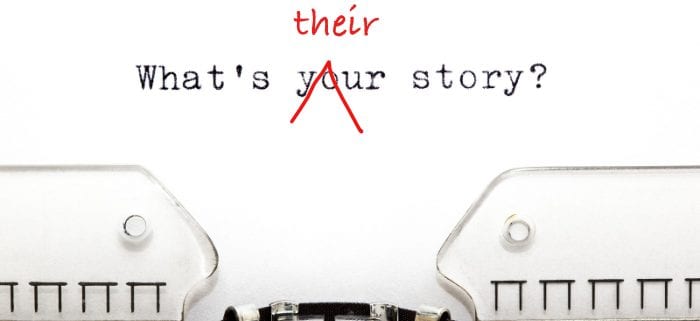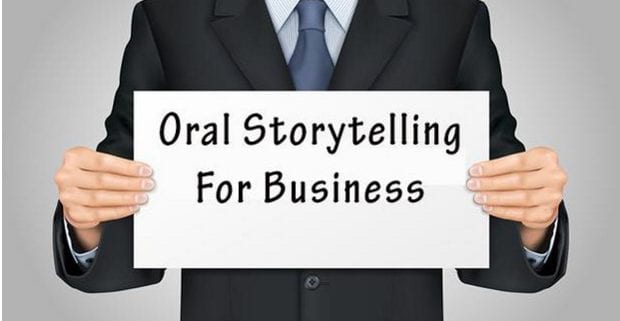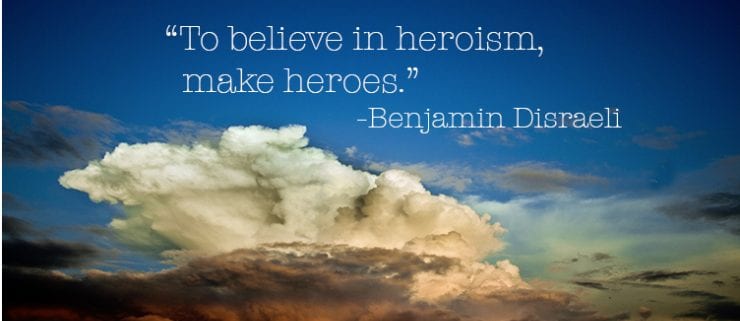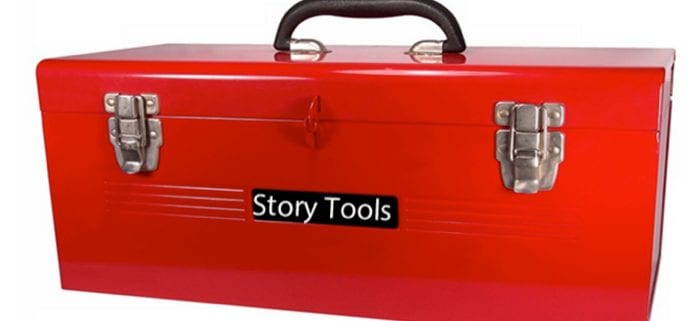
How To Elicit Your Prospect’s Business Story
Much has been written about storytelling as a business tool. And for good reason. Storytelling can be an extremely powerful way to influence, motivate and inspire others. However, it is common for storytelling trainers to err by disregarding differences between business storytelling and recital storytelling.
Stylistically, business storytelling should be more casual than careful. Indeed, like recital storytelling, business storytelling is used to engage listeners, facilitate interest, and gain emotional reactions. However, when telling a story in a business setting, you should not try to become the next Mark Twain. As a business tool, storytelling should be more “informance” than performance. Otherwise, it will do more harm than good.
There are other differences, as well. For instance, recital storytelling travels from the speaker’s mouth to the listener’s ears. By contrast, in a business setting, storytelling can and should be a two-way street. In fact, one can benefit as much from eliciting as they can from telling stories.
Consider, for instance, the salesperson interviewing a prospect who is considering a change in vendors. Typical questions that the salesperson might ask are, “Why are you considering a change in vendors?” or “What are you looking for that you are not receiving from your current supplier?” Using questions like these will likely yield a direct answer and provide some understanding of what the prospect is looking for. However, by eliciting a story, additional insights can be gained.
Instead of asking for reasons why, consider what would happen with quesitons like, ” When did you decide to change vendors?” or “ What happened to cause you to reconsider your current arrangement?” By asking for the event or events leading up to the reason, a story would be elicited. And, instead of receiving a direct answer like, “We are looking for someone who can provide faster responses to our requests,” it’s more likely that prospect would say something like,”When we first started working with them they were Johnny-on-the-spot. But now it takes 5 or 6 phone calls before anyone gets back to us. Last year, they were acquired by a bigger company. And following that acquisition, we got lost in the shuffle. Being one of their smaller accounts, we just didn’t seem as important anymore.” As the story unfolds, the emotional component of the problem rises to the surface. Besides the directly stated more rational reason why behind the considered switch, we also learn that the prospect has been feeling left out in the cold and wants to feel important regardless of the size of his business.
This is but one example of how eliciting stories can be more helpful than just the fact gathering. It takes some practice. But here are some things to consider when developing your ability to elicit stories:
- Go for the “time stamp.” Stories, by definition describe events that occurred at one time or another. Be mindful of this as you ask questions. Always ask for the “when” or “what happened” instead of asking for a direct reason why.
- Learn about the setting. When describing where something happened, you are likely to elicit a story, as well. i.e “where did the process start falling apart?” or “where did you first start to see changes occur?”
- Avoid “why” questions if you can. Certainly knowing why someone believes the way they do is important. But, again, “why,” more often than not, will yield opinions or theories that are often rational in natural. Stories generally reveal the emotions that underly the facts.
- Be aware of assertion or opinion cues. Whenever someone says or implies what they think, you should know you are not being told a story.
- If you get an assertion, go for the underlying story. Instead of asking, “why do you believe that to be true?” ask, “Did something occur to cause you to feel that way?” This will inevitably yield far more useful information than the assertion alone. Just remember, a story is not a story unless an event is described.













